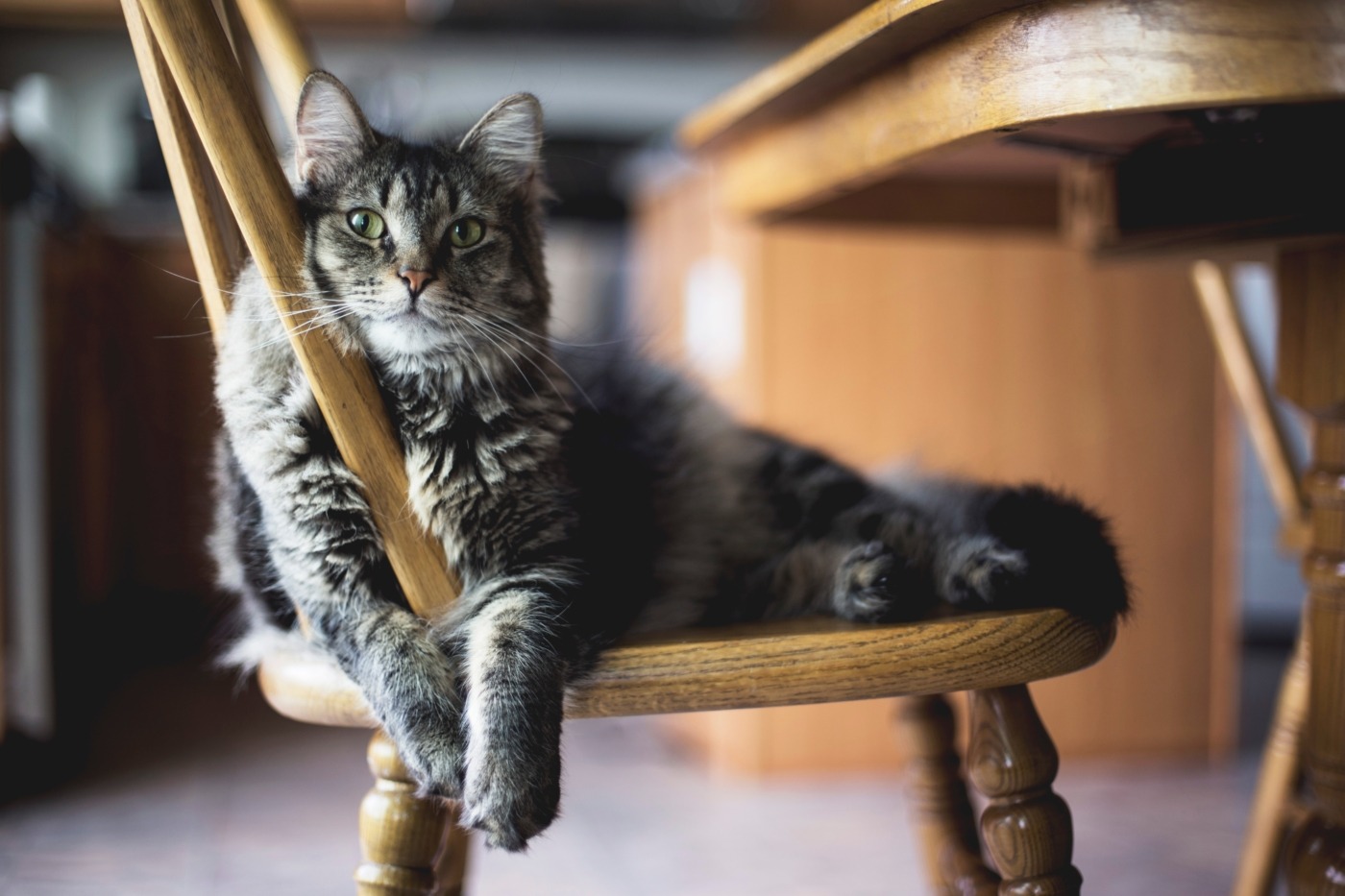Cats can recognise their own names, but they may choose to ignore them
We dote on our pets, showering them with affection and food; often calling out their name to do so. Although a lot of research has gone into whether other companion animals are able to recognise their own names, academics are not as well-versed on the ability of domestic cats to recognise and communicate with us. However, researchers (principally from the University of Tokyo) have recently published findings in Nature’s Scientific Reports suggesting that some moggies are able to distinguish their name from other words.
The research team examined the cats in their own homes using a habituation-dishabituation method. This allowed cats to be analysed during a lone visit to their home to judge their natural reactions, rather than the unenviable task of trying to teach cats to perform activities on command over multiple visits. By saying four different words as “habituation stimuli” – words which cats should provide no reaction to – and then saying the cats’ names, it allowed the researchers to test if there was any noticeable reaction to the name calling, which would signal it as a “dishabituation stimulus”.
Researchers, principally from the University of Tokyo, have recently published findings in Nature’s Scientific Reports suggesting that some moggies are able to distinguish their name from other words
Four experiments were performed to analyse the different conditions under which the cats may recognise their given names. In experiment one, cats were examined to see if they could differentiate their name between four nouns of the same length. As cats would hear their name more often than the other nouns in day-to-day life, a positive response to a name call could be due to increased familiarity with the word.
For experiment two, cats were read four cats’ names that they lived with before their own name, either in a cat café or large multi-cat household. This experiment was designed to remove the familiarity of the names, assuming the cats hear other names as often as their own. So, increased response to a name would signify recognition is solely dependent on phonetic characteristics. Experiment three repeated experiment one in an environment with multiple cats, to distinguish whether this affected the response of the cats. The final experiment differed from the other three by having an unfamiliar person read out the nouns and name, rather than the owner as in experiments one to three.
Four experiments were performed to analyse the different conditions under which the cats may recognise their given names
In experiment one, 11 out of 16 cats decreased their average response as the four nouns were read by their owners. Of the 11 successfully habituated cats, nine increased their response as their own names were called. Similar results were found in experiments three and four, where around 65% of the habituated cats increased their response when their name was spoken, even if spoken by a stranger, or if other cats were present. These findings indicate that a significant number of cats were able to identify their names from other words based on the phonetic characteristics of their name.
However, only a third of habituated café cats showed an increased response in experiment two. This suggested that household cats could discern between their own name and other names, whereas café cats were unable to do so. The difference in result was attributed down to the environment of the cat café. They were able to discriminate their name from the list of nouns, but not from other cat names because they potentially hear multiple names called out when a visitor enters, or the way the names are vocalised differ from customer to customer. Although this test provided a null result, the other experiments validate the claim that cats are able to recognise their own names. This might be because it acts as a salient stimulus; the word most often heard by cats before they receive food, petting or playtime.
These findings indicate that a significant number of cats were able to identify their names from other words based on the phonetic characteristics of their name
Throughout the tests, the cats’ response to the words were often not drastic. Less than 10% of the cats walked, moved their tail or called out in response to their name being read out. More than half the cats, however, responded to vocal cues by moving their ears and heads. Cats do show signs of understanding their names but show it in limited ways that might be hard for owners to notice. So, don’t be disheartened if you don’t always witness responses from your own cat. It might be understanding more than it’s letting on.

Comments